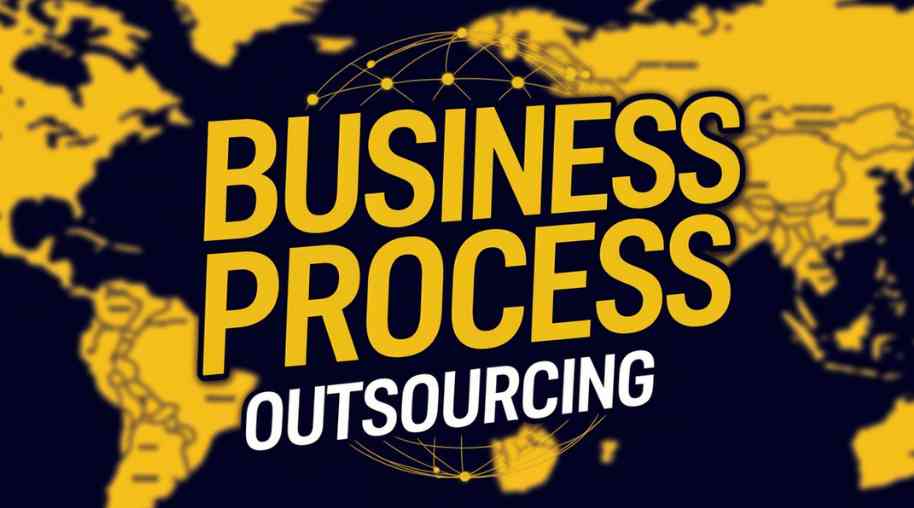PAT Full Form-Profit After Tax
by Shashi Gaherwar
0 1013
Profit After Tax (PAT): Understanding Its Significance in Business Performance
Introduction
Profit After Tax (PAT) is a key financial metric that reflects the actual earnings of a company after deducting all expenses, including taxes. It is also known as net profit and represents the bottom-line figure in an organization’s income statement.

PAT is a crucial indicator of a company's financial health, profitability, and efficiency. Investors, stakeholders, and analysts use this figure to assess a firm’s ability to generate profits after meeting all financial obligations.
This article explores what PAT is, how it is calculated, its importance, and factors affecting it in business decision-making.
What is Profit After Tax (PAT)?
Profit After Tax (PAT) is the net income remaining after deducting operating expenses, interest, depreciation, and taxes from a company's total revenue. It indicates the actual profit available to shareholders and is a key determinant of a company's financial performance.
PAT is an essential measure because:
• It directly impacts earnings per share (EPS), influencing investor decisions.
• It determines the dividends payable to shareholders.
• It reflects a company's overall efficiency in managing expenses.
A higher PAT means the company is financially strong, while a declining PAT suggests potential operational or financial challenges.
Formula for Calculating Profit After Tax
The formula for PAT is:
Profit After Tax (PAT) = Revenue – (Operating Expenses + Depreciation + Interest + Taxes)
Or, in simplified steps:
1. Gross Revenue (Total earnings from sales and services)
2. Less: Operating Expenses (Cost of goods sold, salaries, rent, utilities, marketing, etc.)
3. Less: Depreciation & Amortization (Non-cash expenses for asset usage over time)
4. Less: Interest Expense (Loan and borrowing costs)
5. Less: Taxation (Corporate taxes as per applicable laws)
6. Equals: Profit After Tax (PAT)
For example:
• Revenue: ₹50,00,000
• Operating Expenses: ₹20,00,000
• Depreciation: ₹2,00,000
• Interest: ₹3,00,000
• Taxes: ₹5,00,000
PAT = ₹50,00,000 – (₹20,00,000 + ₹2,00,000 + ₹3,00,000 + ₹5,00,000)
PAT = ₹20,00,000
Importance of Profit After Tax (PAT)
1. Measures Financial Health
PAT is the ultimate measure of a company's profitability. A consistently high PAT suggests a well-managed and profitable business.
2. Helps Investors Evaluate Performance
Investors analyze PAT trends to determine whether a company is worth investing in. A growing PAT indicates a healthy business, while a declining PAT may signal potential risks.
3. Determines Dividend Distribution
Companies use PAT to decide dividend payouts. A higher PAT means higher dividends for shareholders, while lower PAT may lead to reinvestment in business operations.
4. Affects Stock Prices
Publicly traded companies with strong PAT figures attract more investors, leading to higher stock prices.
5. Helps in Business Decision-Making
Management uses PAT data to strategize cost-cutting, expansion, and investment plans.
Factors Affecting Profit After Tax (PAT)
Several factors impact PAT, including:
1. Revenue Growth
Higher sales lead to increased revenue, which positively affects PAT.
2. Operating Expenses
Increased costs such as salaries, raw materials, rent, and advertising can reduce PAT.
3. Taxation Policies
Changes in government tax regulations impact the net profit of companies. Higher corporate tax rates reduce PAT.
4. Interest Costs
Companies with high debt pay more interest, reducing their PAT.
5. Depreciation and Amortization
Companies with high capital expenditure (e.g., machinery, buildings) may have higher depreciation, reducing PAT.
6. Competition and Market Conditions
Fierce competition can reduce pricing power, lowering revenue and affecting PAT.
7. Economic Factors
Inflation, recession, and changes in consumer demand influence a company’s profitability and PAT.
How to Improve Profit After Tax (PAT)?
Companies can improve their PAT by:
1. Increasing Revenue Streams
• Expanding into new markets
• Launching new products or services
• Enhancing marketing and sales strategies
2. Reducing Operating Costs
• Implementing cost-cutting measures
• Improving supply chain efficiency
• Automating business processes to reduce labor costs
3. Minimizing Tax Liabilities
• Availing tax benefits and exemptions
• Proper financial planning and accounting
• Utilizing government incentives and subsidies
4. Managing Debt Effectively
• Refinancing loans at lower interest rates
• Reducing dependency on debt financing
5. Enhancing Productivity and Efficiency
• Investing in technology
• Employee training and development
• Optimizing operational workflows
Profit After Tax (PAT) is a crucial indicator of a company’s profitability and financial stability. It helps investors, business owners, and stakeholders assess the growth potential, dividend payouts, and stock performance of a company.
A well-managed business focuses on increasing revenue, reducing costs, and managing tax liabilities to enhance its PAT. Understanding PAT and implementing effective financial strategies can help businesses achieve sustainable growth and long-term success.

Share:








Comments
Waiting for your comments